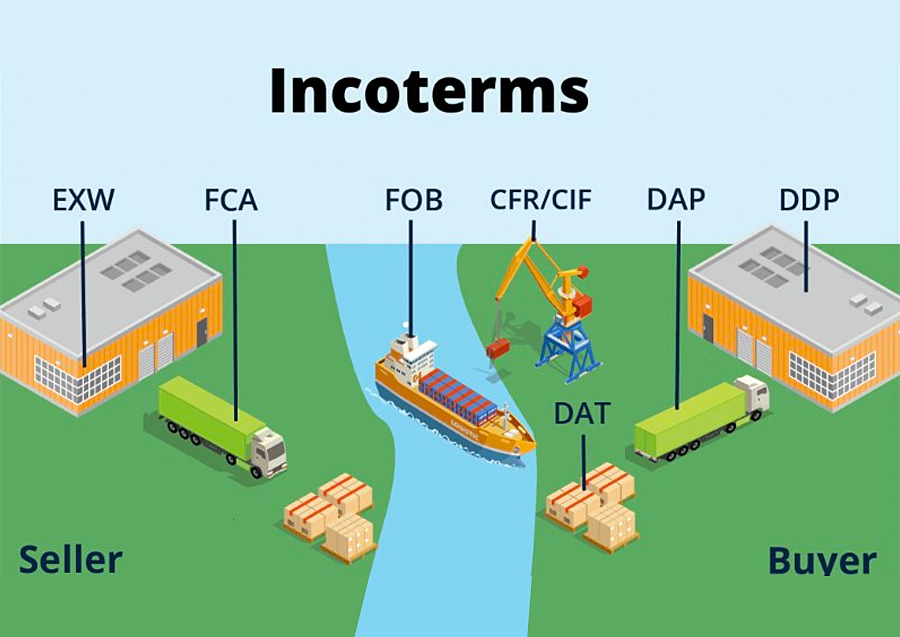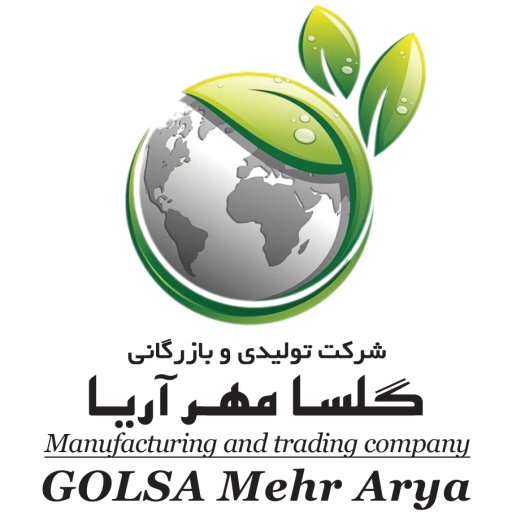Types of Transportation Contracts – Exports
Incoterms and Transportation Methods
Incoterms (International Commercial Terms) are a set of international rules that define the conditions and terms of transporting goods in commercial transactions. These terms, especially significant in international trade, help businesses clarify responsibilities, costs, and risks associated with shipping. By using Incoterms, parties involved in transactions can prevent misunderstandings and work towards fulfilling their commitments and agreements.

This article will explore various shipping methods and highlight important aspects of each.
Types of Transportation Methods
In international trade, there are several shipping methods, the most common of which include:
EXW (Ex Works)
FOB (Free On Board)
CFR (Cost and Freight)
CIF (Cost, Insurance and Freight)
DDP (Delivered Duty Paid)
1. EXW (Ex Works)
This method allows the buyer to collect the goods from the seller’s premises, transferring all transportation costs and risks associated with the delivery to the buyer. This method typically benefits the seller by minimizing their responsibilities and costs.
2. FOB (Free On Board)
In this method, the seller is responsible for all costs and risks of transportation until the goods are loaded onto the ship. Once the goods are on board, the responsibility shifts to the buyer. FOB is one of the most popular methods in maritime trade.
3. CFR (Cost and Freight)
Under this method, the seller pays the transportation costs to the destination port; however, the risk transfers to the buyer once the goods are loaded on the ship. This method assures the buyer that the goods will be shipped.
4. CIF (Cost, Insurance and Freight)
CIF is similar to CFR, but the seller is also required to provide insurance for the goods during transit. This method offers greater protection to the buyer, as insurance compensates for damages or loss of goods during shipment.
5. DDP (Delivered Duty Paid)
This method places the highest responsibility on the seller. The seller must cover all transportation costs, duties, and taxes and deliver the goods at a specified location in the buyer’s country. This option is highly attractive to buyers as it reduces concerns about additional costs and customs issues.
Conclusion
Selecting the appropriate transportation method depends on various factors, including the situation, type of goods, and agreements between parties. A clear understanding of Incoterms and the right choice of method can facilitate trade processes and reduce associated risks. By making informed choices, both buyers and sellers can benefit from improved commercial cooperation.







